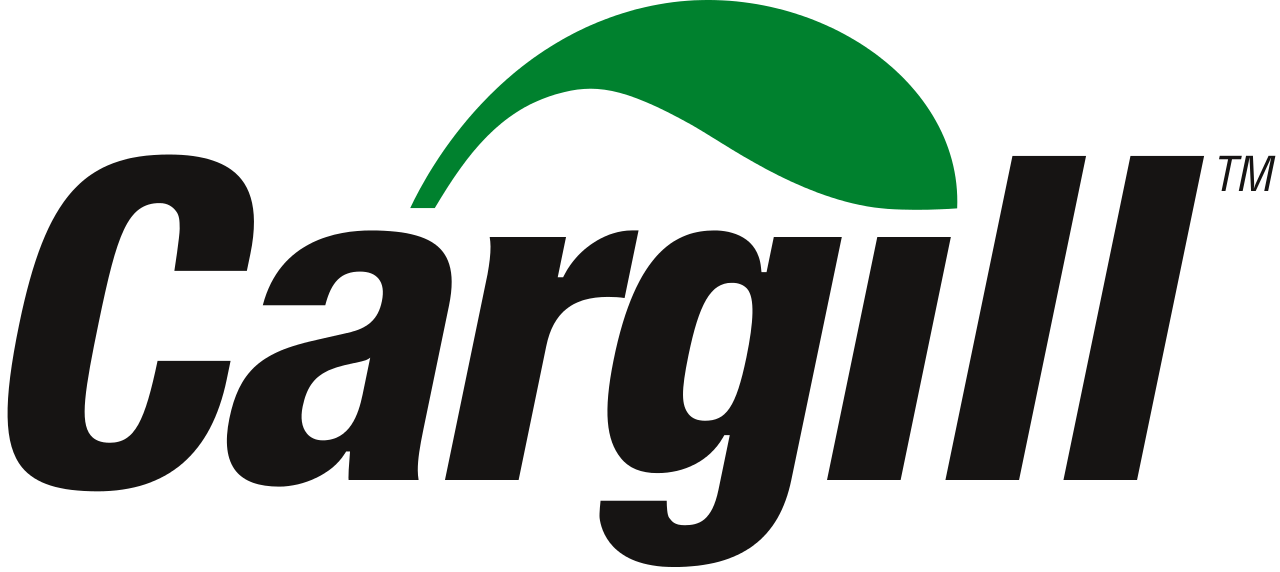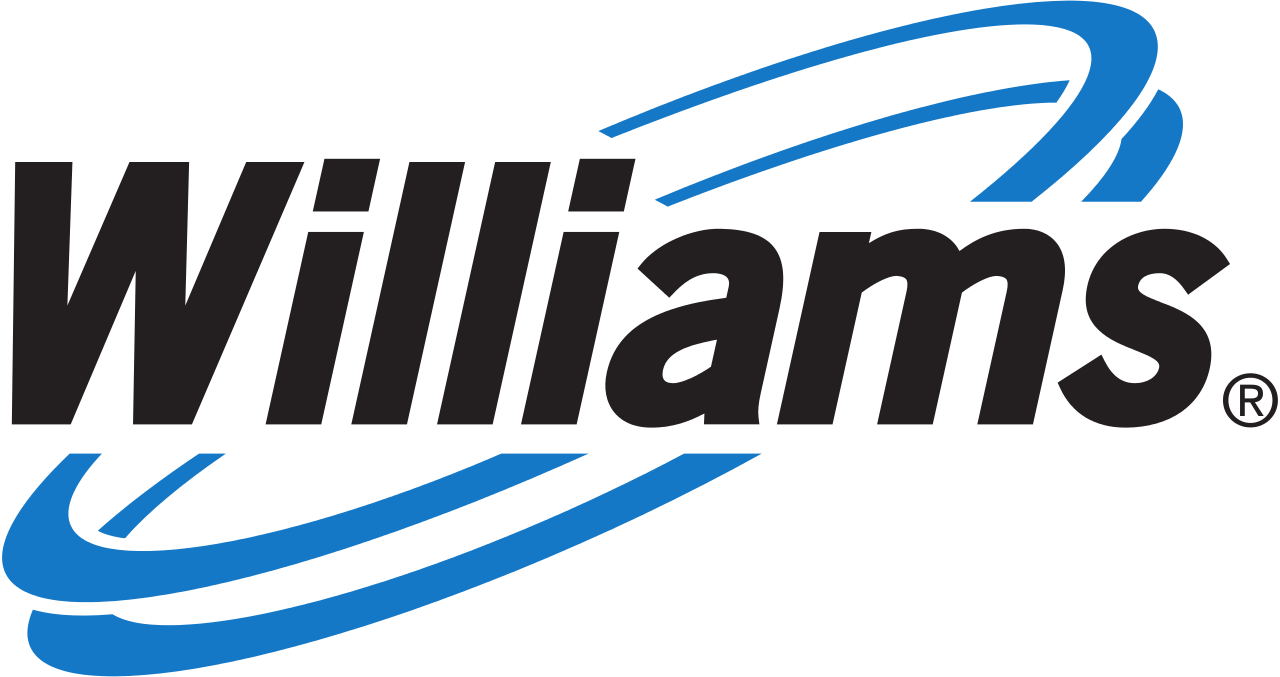The hierarchy of controls is a framework for identifying and ranking ways to control workplace hazards. It’s usually shown as an inverted pyramid with five categories, ranked from most to least preferred: elimination, substitution, engineering controls, administrative controls, and personal protective equipment (PPE).
Almost every time I facilitate an incident investigation or teach a workshop, someone brings up the hierarchy of controls. It’s a valuable framework, but it’s often misunderstood. Let’s take a closer look at where the hierarchy came from, why it’s useful, and how to apply it.
The Hierarchy of Controls Framework
The hierarchy of controls ranks five types of controls (i.e., safeguards) from most to least effective.
It’s easy to see why elimination is listed first. If you’re trying to reduce hand injuries, for example, getting rid of all sharp objects would certainly lower the risk. But what about PPE? Is it fair to call it the “least effective”?
Think about how you pull a hot pan out of the oven. You probably use an oven mitt or a dry towel. Professional chefs do the same thing every day. Sure, if you eliminated all hot pans, you'd never get burned—but you'd also never get soup. There are trade-offs to every solution, and that’s where applying the linear model of the hierarchy of controls gets more complicated.
The hierarchy gives a useful structure, but when you only look at the pyramid without context, it can seem like using PPE or administrative controls is a bad thing—but that’s an incomplete understanding of their role. To understand why the hierarchy is framed this way, it helps to learn where it came from.
The Origins of the Hierarchy of Controls
The hierarchy of controls was formally introduced by the National Safety Council (NSC) in 1955. But the idea behind it goes back even further.
In 1915, Carl Hansen1 proposed that engineers should take responsibility for the hazards created by their machines. Today that sounds obvious, but at the time, it was a major shift. In the early twentieth century, the focus was on production and efficiency, not safety. Workplaces were dangerous: more than 50,000 people were killed on the job every year in the United States. Accounting for the number of workers, that’s about 30 times higher than the fatal injury rate we see today2.
Hansen believed that safety should be built into the design of machines, not left up to workers alone. Over time, this idea took hold. By the 1950s, the NSC3 introduced an early version of the hierarchy of controls, encouraging companies to address hazards through design changes first. Barriers, guards, and PPE were fallback options when design fixes weren’t feasible.
The hierarchy gained even more traction in 2007, when the National Institute for Occupational Safety and Health (NIOSH) included it in their Prevention through Design4 program. Today, it’s promoted by organizations like OSHA, NFPA, ANSI, and many others.
OSHA's Identifying Hazard Control Options: The Hierarchy of Controls PDF

Click the image above to view OSHA's current PDF covering the Hierarchy of Controls
Understanding this history is important. The point of the hierarchy wasn’t to say PPE or administrative controls are bad solutions. It was to encourage companies to design safer systems, rather than blaming workers when things go wrong.
Rethinking the Hierarchy
The hierarchy of controls encourages companies to prioritize solutions that put the least burden on workers. Back in the early twentieth century, that was a novel idea. It’s still a good idea today. However, it’s not a good idea to tell people that the controls at the bottom of the hierarchy are the least effective way to prevent risk.
Calling a safeguard “least effective” can discourage people from using it. Workers may also interpret pushes to use PPE as a signal that management values profits over people—engineering solutions are “best,” but management just doesn’t want to spend the money.
The hierarchy’s effectiveness scale isn’t always accurate when applied to real-life scenarios. Take OSHA’s common example of a noisy compressor, for example.
Noisy Compressor Example from OSHA
Following the graphic above, the most effective way to reduce the risk of hearing loss is to remove the compressor altogether (elimination). The next most effective approach would be to change out the noisy compressor for a quieter one (substitution). If that’s not possible, we could isolate the compressor in a separate room or use noise absorption material (engineering controls). And if none of those approaches are feasible, we could rotate tasks to limit employees’ exposure to noise (administrative controls) and/or provide hearing protection (PPE).
At a glance, this ordering might imply that PPE is an ineffective control—but that’s misleading. To clarify things, let’s consider the same example on a 5-Why Cause Map™ diagram.
Noisy Compressor 5-Why

When we add possible solutions to control each cause, the structure of the hierarchy becomes clear. PPE and administrative controls show up closest to the impacted goal, while engineering controls address causes further upstream. Substitution and elimination intervene even earlier, before the hazard ever reaches the worker.
Noisy Compressor 5-Why with Solutions
.gif?width=1236&height=350&name=Noisy%20Computer%205-Why%20w%20Sols%20and%20HOC%20(1).gif)
It’s not that PPE and administrative controls don’t work; it’s that PPE and administrative controls work after the other options have been exhausted.
The Hierarchy isn’t a Ranking—It’s a Roadmap
Looking at the hierarchy through a cause-and-effect lens shows it’s not about ranking solutions by quality, but by how far upstream they can act. Elimination is preferred because it prevents the issue entirely. But when upstream controls aren’t feasible, the remaining options still play a vital role.
It’s also important to note that while engineering controls are higher on the hierarchy, they can be costly, from equipment upgrades to capital improvements. Administrative controls, on the other hand, can be low-cost or even cost-free. And while PPE comes last, that doesn’t mean it’s weak.
If PPE didn’t work, would you ever use an oven mitt?
When you’re talking about the hierarchy of controls with your team, consider shifting the scale from effectiveness to preference. Elimination is the most preferred because it’s the earliest opportunity to reduce risk. PPE is the last line of defense, so it’s least preferred—but that doesn’t mean it’s ineffective.
The hierarchy is a useful tool for generating solutions. It’s always helpful to consider opportunities to design out risk. But the goal isn’t to blindly follow a pyramid. It’s to lower risk by thinking critically, layering safeguards, and building systems that reflect how work really happens.
1 - Standardization of Safety Principles
2 - BLS - Census of Fatal Occupational Injuries Summary
3 - NSC
4 - Prevention through Design













